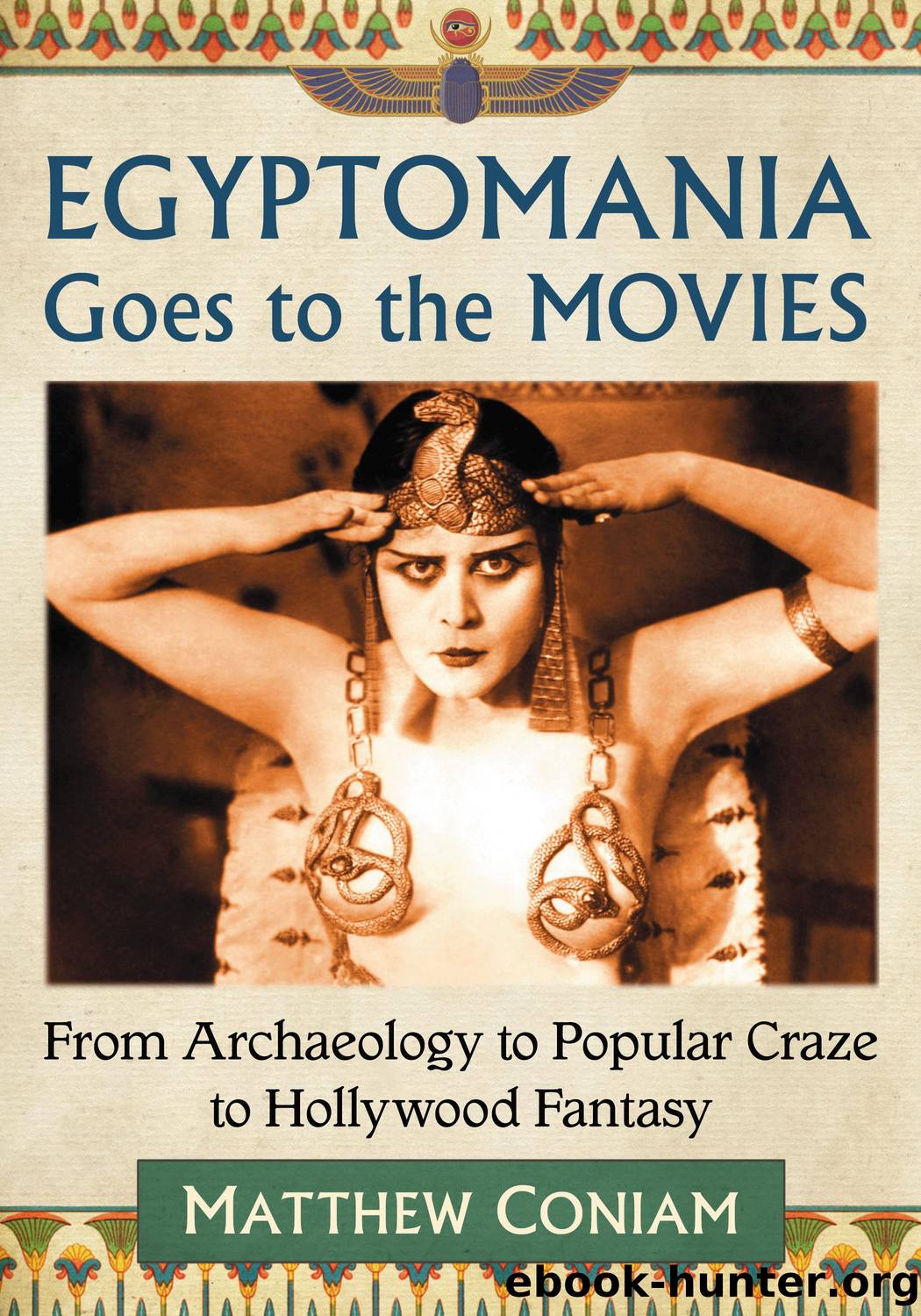Egyptomania Goes to the Movies by Matthew Coniam

Author:Matthew Coniam
Language: eng
Format: epub
Published: 2017-07-21T00:00:00+00:00
Charles Trowbridge (left) and Dick Foran wonder if itâs too early to wake Tom Tyler in The Mummyâs Hand (1940).
Seemingly endowed with talismanic and psychometric properties, they were often kept as curiosities, and the phrase âmummyâs handâ would have been as familiar to the filmâs original viewers as, say, ârabbitâs footâ or, indeed, âmonkeyâs paw.â (Scanning the archives, one occasionally encounters the simile âstiff as a mummyâs handâ through the thirties, too.) âThe hands of colonized subjectsâSouth Asian craftsmen, Egyptian mummies, harem women, and Congolese childrenâwere at the crux of Victorian discussions of the body that tried to come to terms with the limits of racial identification,â notes Aviva Briefel in the book The Racial Hand in the Victorian Imagination:
The hands of mummies in particular came to be identified with a resilience that married artistic integrity with gothic horror. Witnesses of mummy unwrappings singled out the hands for their resistance to the ravages of time, a fact that attested to the embalmerâs formidable skillâ¦. Theophile Gautier describes the âgilded nailsâ of a mummy at the 1957 Paris exhibition as imitating âwith sepulchral modesty the gesture of the Venus of Medici.â Beauty and permanence were also conveyed through descriptions of mummiesâ hands grasping still-living plant bulbs or flowers, as in George Wilsonâs poem The Sleep of the Hyacinth (1860). Wilson composed the poem following the exhumation of the mummy of an Egyptian princess clutching a hyacinth bulb, which flowered when it was planted.
Download
This site does not store any files on its server. We only index and link to content provided by other sites. Please contact the content providers to delete copyright contents if any and email us, we'll remove relevant links or contents immediately.
Call Me by Your Name by André Aciman(20380)
Ready Player One by Cline Ernest(14534)
How to Be a Bawse: A Guide to Conquering Life by Lilly Singh(7397)
Wiseguy by Nicholas Pileggi(5675)
The Kite Runner by Khaled Hosseini(5088)
On Writing A Memoir of the Craft by Stephen King(4866)
Audition by Ryu Murakami(4855)
The Crown by Robert Lacey(4732)
Call me by your name by Andre Aciman(4624)
Gerald's Game by Stephen King(4584)
Harry Potter and the Cursed Child: The Journey by Harry Potter Theatrical Productions(4446)
Dialogue by Robert McKee(4328)
The Perils of Being Moderately Famous by Soha Ali Khan(4171)
Dynamic Alignment Through Imagery by Eric Franklin(4125)
Apollo 8 by Jeffrey Kluger(3640)
Seriously... I'm Kidding by Ellen DeGeneres(3578)
The Inner Game of Tennis by W. Timothy Gallwey(3576)
How to be Champion: My Autobiography by Sarah Millican(3558)
Darker by E L James(3481)
